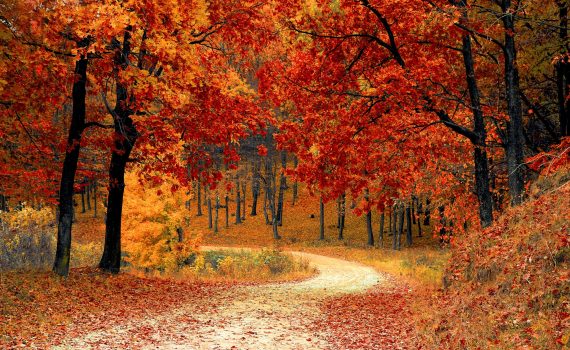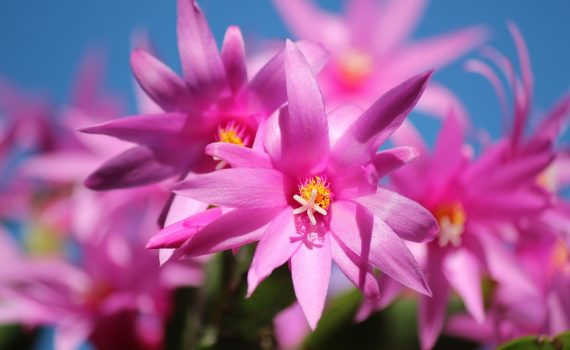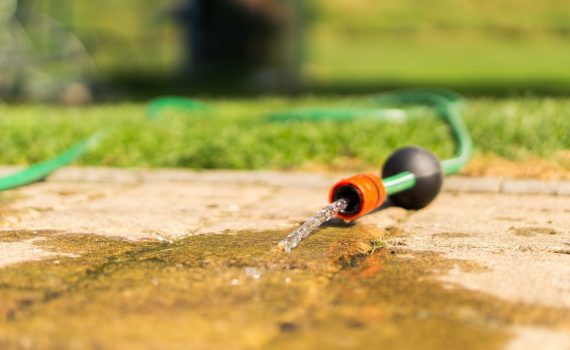California’s golden landscapes are a treasure, but we also face a fiery reality every year: fire season. As the sun bakes the land dry and temperatures rise, the threat of wildfires looms large.
Although wildfires are a natural part of the ecosystem, their intensity and destructive power can be significantly reduced through proactive measures. Here at Sexy Trees, we, as certified arborists, want to emphasize the crucial role tree care plays in creating a safer environment for our communities and protecting our precious trees. Let’s do a deep dive on fire season preparation.
Understanding Wildfire Risk and Mitigation
The California Fire Threat
Thanks to our recent rainy storms, California is miraculously not experiencing drought conditions at the moment. But while this recent extra rainfall is a welcome change, it’s crucial to remember that drought conditions are a recurring reality in our state.
Long-term trends still reveal a changing climate and the potential for future drought periods. And rising temperatures plus drought periods create the perfect conditions for wildfires to spread rapidly and ferociously. In short, fire season preparation is still very necessary.
To understand how to combat this threat, we need to introduce the concept of fuel reduction in the context of fire season preparation.
In simple terms, fuel reduction refers to strategically managing vegetation to decrease the amount of available fuel for wildfires to burn. This directly translates to lowering the intensity and spread of wildfires, making them easier to contain and manage.
Fuel Reduction Strategies:
1. Strategic Vegetation Management:
Fuel reduction is achieved through a combination of practices known as strategic vegetation management. This involves:
- Tree Trimming: Removing dead, diseased, and low-hanging branches from trees reduces the amount of readily available fuel near structures, creating a buffer zone that can slow fire progression.
- Forest Thinning: Selectively removing smaller, weaker trees and dense undergrowth opens up the forest canopy, reducing the overall fuel load and allowing firefighters better access in case of a wildfire.
- Removing Dead/Combustible Material: Clearing away dead leaves, branches, and other debris from around homes, properties, and in forests removes potential ignition sources and reduces the fire’s intensity should it occur.
These practices not only aid in fire season preparation but also contribute to the overall health and resilience of our forests by promoting healthy tree growth and reducing competition for resources.
The Role of Arborists in Fire Season Preparation
Defensible Space and Tree Care
When it comes to wildfire season preparation, creating defensible space is extremely important.
Defensible space refers to the zone around a structure where vegetation and other flammable materials are managed to slow or stop the spread of fire. This critical buffer zone provides firefighters with a safer area to work and helps prevent flames from reaching structures.
Arborists play a crucial role in creating defensible space through strategic tree care practices. By implementing proper tree trimming, they can:
- Remove dead, diseased, and low-hanging branches that could easily ignite and spread flames to structures.
- Thin the tree canopy to allow for better airflow and sunlight penetration, reducing the overall amount of fuel available for fire.
- Shape trees away from buildings to create a safe distance between the structure and potential fuel sources.

Beyond Pruning: Additional Fire Mitigation Techniques:
- Using Fire-Resistant Plant Species in Landscaping
While tree trimming focuses on existing vegetation, arborists can also recommend incorporating fire-resistant plants into new landscaping designs near homes. These plants possess various characteristics that make them less likely to ignite or contribute to fire spread. Some examples include:
- Succulents: These drought-tolerant plants store water in their leaves, making them less susceptible to drying out and igniting. Their low-growing form also reduces the potential fuel load near structures.
- Crassulas: These low-growing shrubs are known for their fleshy leaves and fire-resistant properties. Their compact size makes them ideal for planting under windows or in other areas close to the house.
- California native plants: Many native California plants have evolved to thrive in dry conditions and are naturally fire-resistant. Examples include:
- California buckwheat (Eriogonum fasciculatum)
- Monkeyflower (Mimulus spp.)
- Coyote bush (Baccharis pilularis)
- Ornamental grasses: Certain ornamental grasses can be fire-resistant, especially if maintained properly. Some examples include:
- Blue fescue (Festuca glauca)
- Mexican feather grass (Stipa tenuissima)
- Deer grass (Muhlenbergia rigens)
It’s important to note that no plant is entirely fireproof. However, strategically incorporating fire-resistant plants in your landscaping can:
- Reduce the overall fuel load surrounding your home, making it less attractive to wildfires.
- Act as a natural fire barrier that can potentially slow down the spread of flames, buying valuable time for firefighters to respond.
- Enhance the visual appeal of your landscape while contributing to a more fire-safe environment.
By strategically placing fire-resistant plants around homes, arborists can create an additional layer of protection and help slow the spread of any potential fire.
2. Maintaining Proper Irrigation and Fertilization Practices:
Healthy, well-maintained vegetation is generally less susceptible to fire. This is because healthy plants:
- Contain more moisture, making them less likely to dry out and become flammable.
- Have stronger immune systems, making them more resistant to diseases and pests that can weaken and kill the plant, adding to potential fire fuel.
Arborists can advise homeowners on proper irrigation and fertilization techniques specific to the local environment and plant types. These practices ensure the health and resilience of the surrounding vegetation, ultimately enhancing its fire resistance.
3. Create Firebreaks
Firebreaks are strategically designed areas devoid of vegetation or with reduced vegetation intended to impede the spread of wildfires. They serve as a barrier that can help prevent the fire from advancing further, providing a means of controlling and managing the fire’s progression. Firebreaks are commonly used in areas prone to wildfires, such as forests, grasslands, and shrublands.
By combining their expertise in tree care with a broader understanding of fire mitigation strategies, arborists play a critical role in safeguarding our communities from the devastating impacts of wildfires.
General Fire Safety Tips for Californians:
Be Prepared:
- Develop and practice a home fire escape plan with your family.
- Install and test smoke alarms on every level of your home and outside of sleeping areas monthly.
- Assemble an emergency kit with essential supplies, including non-perishable food, water, first aid kit, and medications.
- Stay informed by monitoring local fire weather conditions and heeding evacuation warnings from authorities.
Maintain Defensible Space:
- Clear debris such as leaves, branches, and flammable materials from around your home and property.
- Create a lean zone by removing low-hanging vegetation and trimming branches up to 6-10 feet from the ground around your home.
- Maintain a green zone further out from your home with fire-resistant landscaping and proper irrigation practices.
Be Fire Aware:
- Never leave burning candles or open flames unattended.
- Use caution with outdoor grills and fire pits. Extinguish them properly when finished and never leave them unattended.
- Avoid parking hot vehicles near dry vegetation.
- Be mindful of firework restrictions in your area and only use legal fireworks in designated locations.
Stay Informed and Engaged:
- Sign up for local emergency alerts to receive important updates and notifications.
- Stay informed about wildfire risks in your area through local news and official websites.
- Consider participating in community fire safety programs and volunteering efforts.
Remember, fire safety and fire season preparation are shared responsibilities. By taking these steps and staying informed, you can help protect yourself, your family, and your community from the dangers of wildfires.
California’s vibrant landscapes deserve our continued care and protection, especially during fire season. By investing in professional tree care services from Sexy Trees, you’re not only taking a critical step towards protecting your property and loved ones, but also contributing to a safer and more resilient community.
Remember, fire season preparation is a proactive approach. By implementing these fire season preparation strategies and collaborating with professionals like arborists, we can significantly reduce the risk of wildfires and safeguard our environment for generations to come.
Contact Sexy Trees today to schedule a consultation and get started on creating a fire-safe and healthy landscape for your California home.
 Bringing Sexy Back Into Your Yards
Bringing Sexy Back Into Your Yards 



